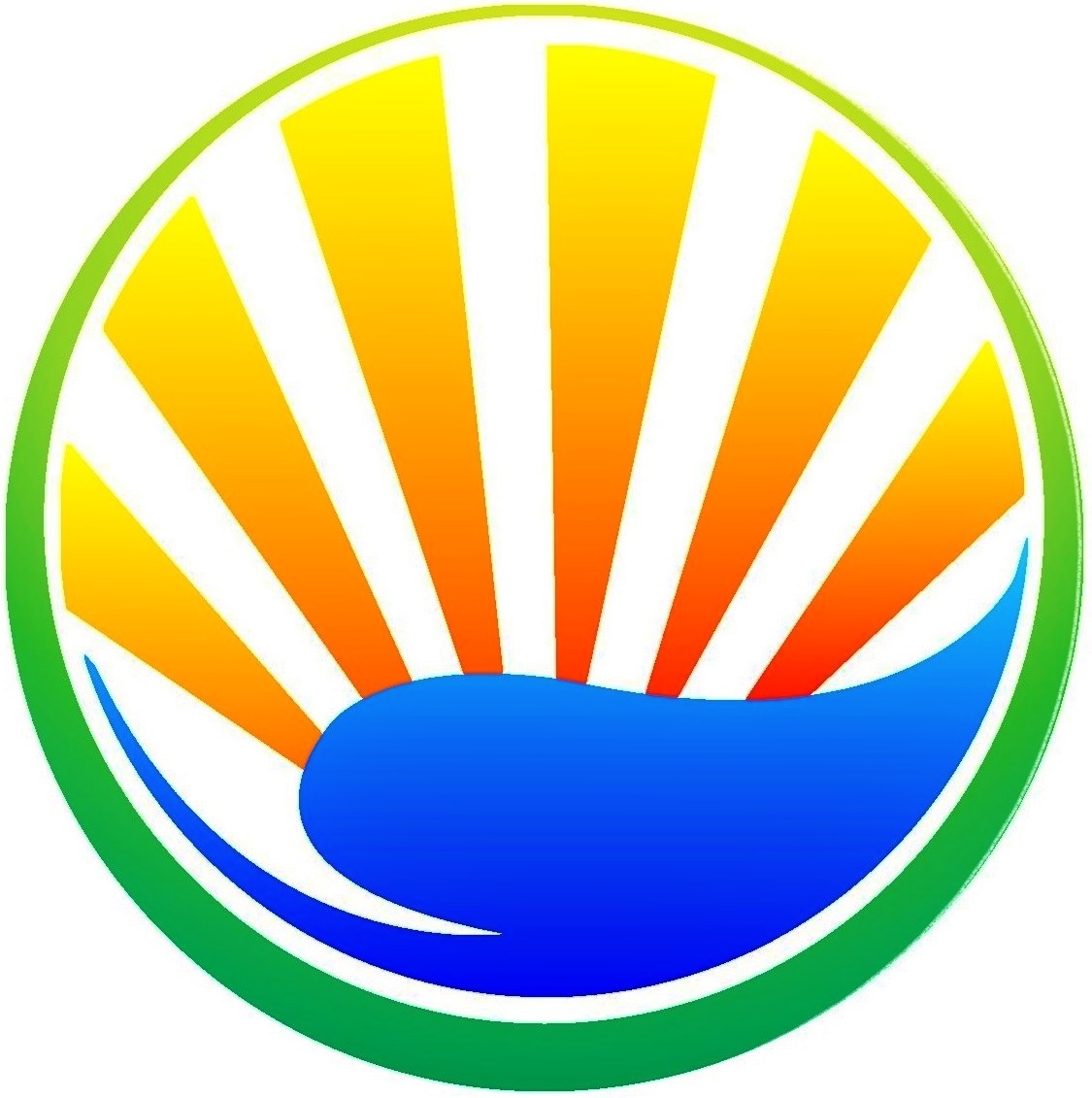Big Island Blog: News & Updates
Follow our Big Island Blog to stay current on the best places to explore and things to do on Hawaii's Big Island. A great way to plan your next Hawaii vacation! Our blog includes...
- New web pages
- Updates on adventures & recommended places to visit on the Big Island
- Best Hawaii tours
- Other Big Island facts, news and events
Subscribe to Big Island Blog and you'll know as soon as we've posted something new.
It's easy to subscribe. Just look for the "Subscribe To This Site" box at the bottom of any page.
Nov 23, 2025
Iconic Dolphin Bay Hotel Transitioning to Affordable Housing
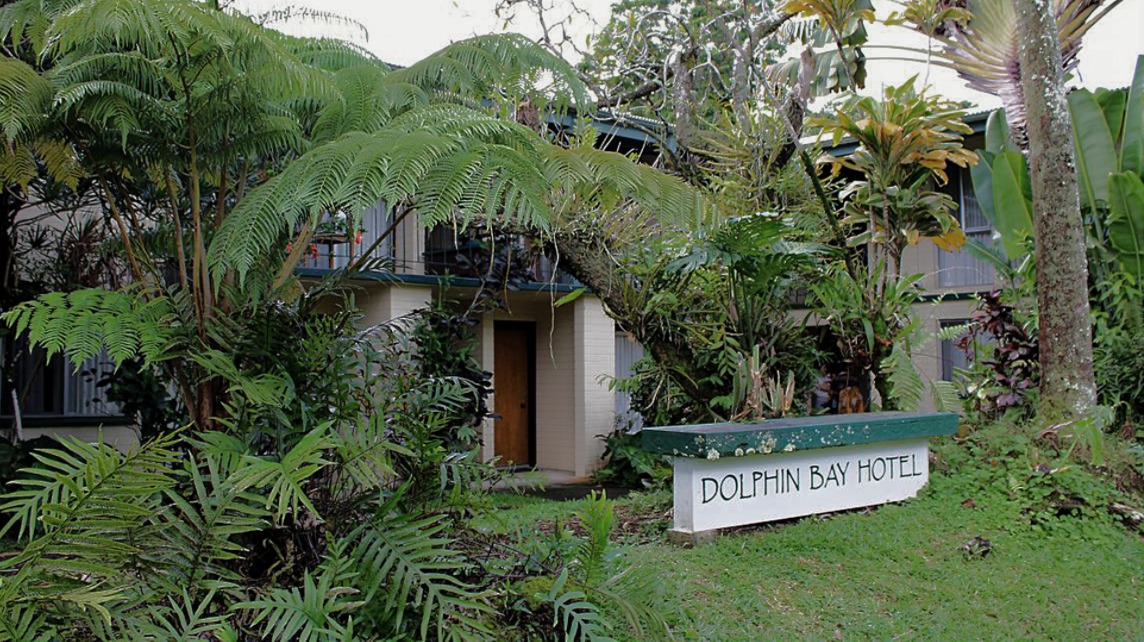 Sad to see you go. When Hawai'i County purchased the iconic Dolphin Bay Hotel on Friday, we said goodbye to our favorite hotel in Hilo. The county plans to convert the hotel into "affordable" housing, consisting of studios and 1-2 bedroom apartments. While we hate to lose this vacationers' favorite Hilo hotel, the sale will allow Dolphin Bay to continue its legacy of serving the Hilo community.
Sad to see you go. When Hawai'i County purchased the iconic Dolphin Bay Hotel on Friday, we said goodbye to our favorite hotel in Hilo. The county plans to convert the hotel into "affordable" housing, consisting of studios and 1-2 bedroom apartments. While we hate to lose this vacationers' favorite Hilo hotel, the sale will allow Dolphin Bay to continue its legacy of serving the Hilo community.
Sep 03, 2025
Anaeho‘omalu Kapalaoa Beachfront Permanently Preserved
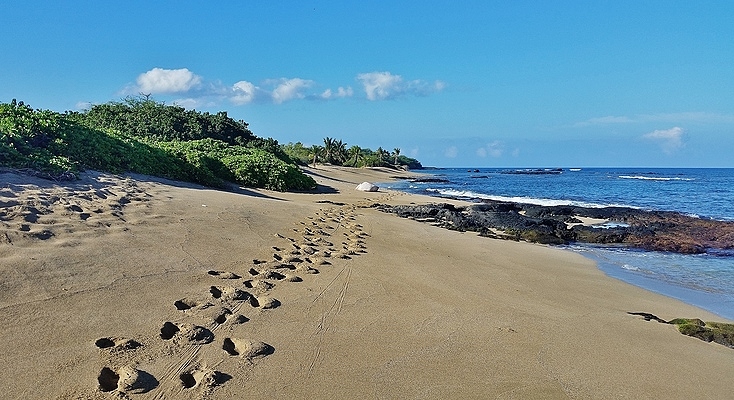 On September 2, 2025, the Trust for Public Land announced that 27.38-acres of the culturally significant coastline of ‘Anaeho‘omalu Kapalaoa in North Kona will now be permanently preserved. ‘Anaeho‘omalu Kapalaoa was the last remaining undeveloped beachfront parcel in Waikoloa Beach Resort. The shoreline will now be owned and stewarded by Nā ‘Ōiwi O Pu‘uanahulu, a Native Hawaiian descendant-led nonprofit.
On September 2, 2025, the Trust for Public Land announced that 27.38-acres of the culturally significant coastline of ‘Anaeho‘omalu Kapalaoa in North Kona will now be permanently preserved. ‘Anaeho‘omalu Kapalaoa was the last remaining undeveloped beachfront parcel in Waikoloa Beach Resort. The shoreline will now be owned and stewarded by Nā ‘Ōiwi O Pu‘uanahulu, a Native Hawaiian descendant-led nonprofit.
Continue reading "Anaeho‘omalu Kapalaoa Beachfront Permanently Preserved"
Apr 23, 2025
Kilauea: The Active Volcano Hawaii Is Famous For
Kilauea - the active volcano Hawaii is best known for and the highlight of Hawaii Volcanoes National Park.
Continue reading "Kilauea: The Active Volcano Hawaii Is Famous For"
Apr 05, 2025
Current Kilauea Volcano Eruptions
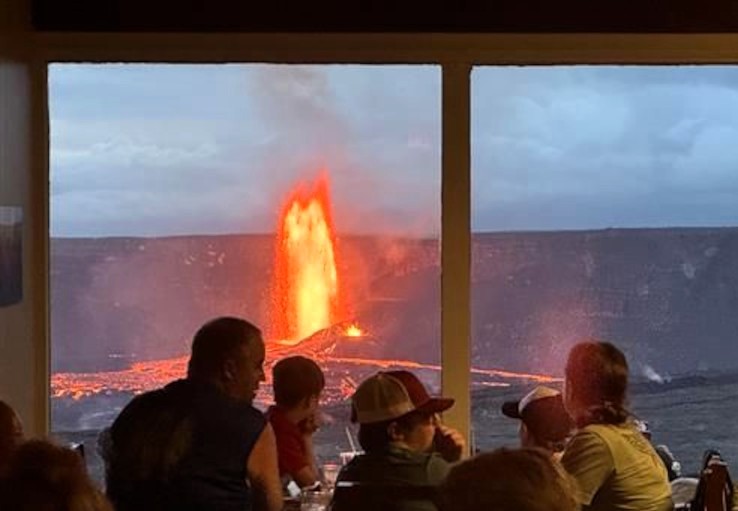 For the last several months, Kilauea has been erupting frequently from within the Halema'uma'u crater, inside the Kilauea summit caldera. Most eruptions have been explosive in nature, with lava fountains sometimes shooting high above the crater floor, often reaching heights of 600-700 feet. Most eruptions last from a few hours to a few days. Downwind, piles of ash and tephra cover the landscape, and have fallen on a 2-mile section of Highway 11. The image was taken inside Volcano House in Hawai'i Volcanoes National Park.
For the last several months, Kilauea has been erupting frequently from within the Halema'uma'u crater, inside the Kilauea summit caldera. Most eruptions have been explosive in nature, with lava fountains sometimes shooting high above the crater floor, often reaching heights of 600-700 feet. Most eruptions last from a few hours to a few days. Downwind, piles of ash and tephra cover the landscape, and have fallen on a 2-mile section of Highway 11. The image was taken inside Volcano House in Hawai'i Volcanoes National Park.
Jan 14, 2025
Waipi'o Valley Emergency Closure
Due to ground instability, and a slope failure/landslide that occurred in 2019, the Waipi'o Valley Road Declaration of Emergency was renewed last week and remains in effect indefinitely. Hiking into Waipi'o Valley is currently prohibited. Vehicle access is limited to Hawai'i County residents, permitted licensed tour operators, and Native Hawaiians claiming the exercise of traditional and customary rights.
Dec 30, 2024
Big Island Hawaii Helicopter Tour
A Hawaii helicopter tour is a thrilling way to see the best sights on the Big Island, with many spectacular vistas only visible from the air.
Dec 10, 2022
Mauna Loa 12/10/22 Eruption Update
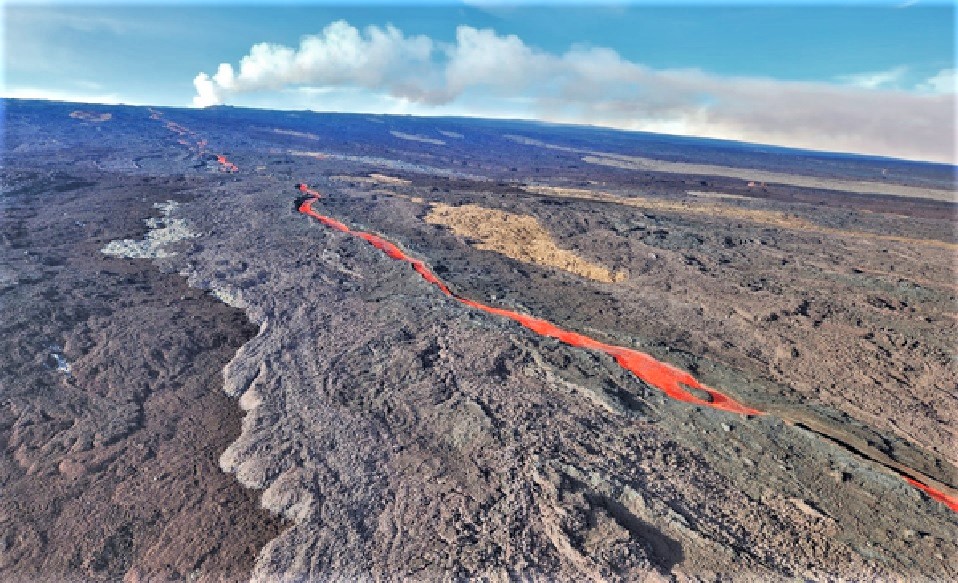 As of Saturday morning, December 10, 2022, lava output from the Mauna Loa eruption continues to slow. Despite spectacular fountains of lava spewing at the main fissure, the flow has stalled more than 1.5 miles south of the Saddle Road. It is common for eruptions to ebb and flow and to sometimes pause altogether. With ongoing tremors beneath the active fissure, it is likely the eruptive activity will continue. No eruptions are expected outside the Northeast Rift Zone.
As of Saturday morning, December 10, 2022, lava output from the Mauna Loa eruption continues to slow. Despite spectacular fountains of lava spewing at the main fissure, the flow has stalled more than 1.5 miles south of the Saddle Road. It is common for eruptions to ebb and flow and to sometimes pause altogether. With ongoing tremors beneath the active fissure, it is likely the eruptive activity will continue. No eruptions are expected outside the Northeast Rift Zone.
Nov 28, 2022
Mauna Loa Volcano First Eruption Since 1984
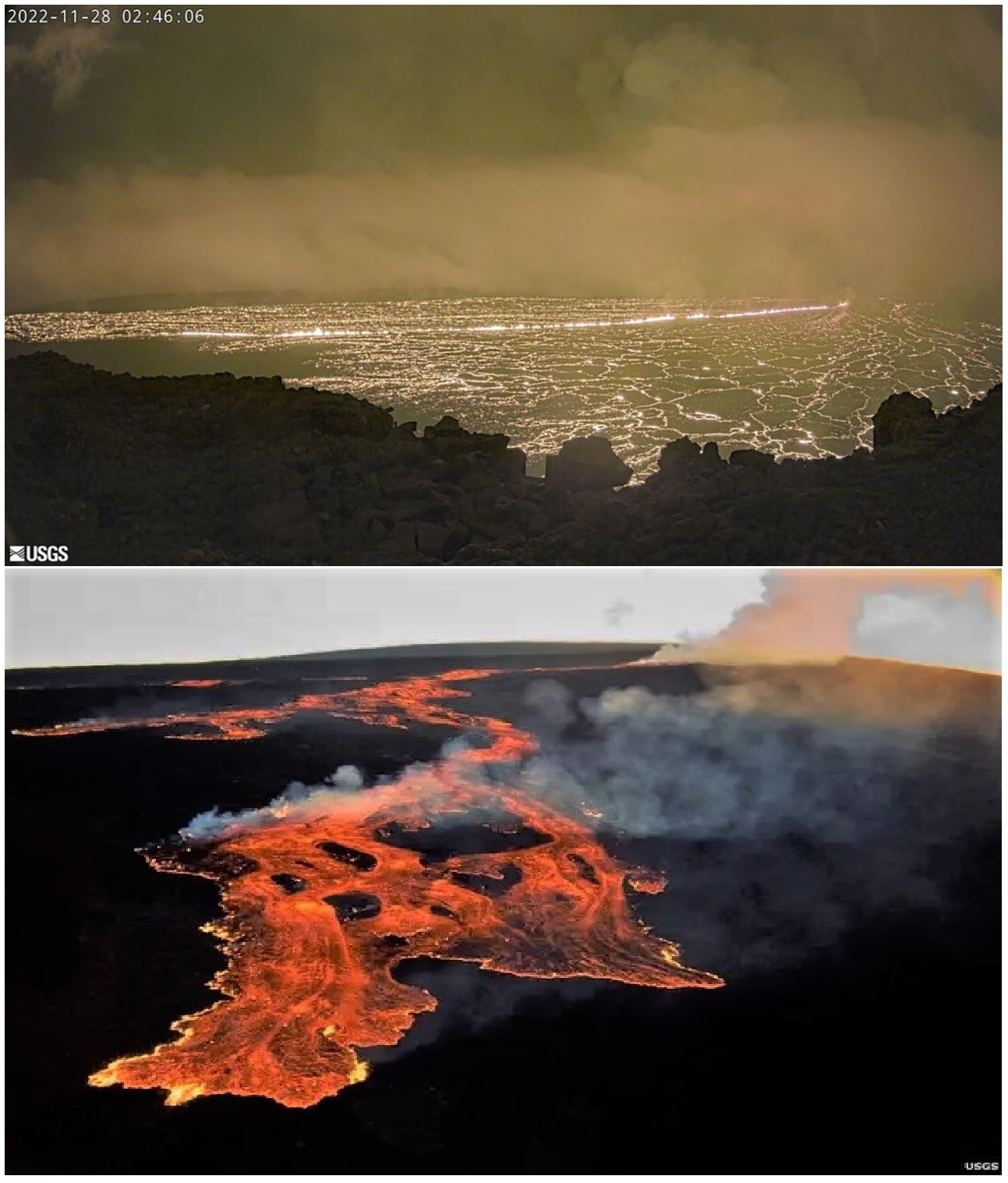 For the first time in forty years, on November 27, 2022 at approximately 11:30pm HST Sunday night, the largest volcano on earth began erupting, inside the Moku'āweoweo Caldera at the Mauna Loa summit. While the eruption remains mostly contained within the summit caldera, there is currently lava flowing down the east rift zone. No downhill communities are threatened at this point. An ashfall advisory has been issued for the Big Island.
For the first time in forty years, on November 27, 2022 at approximately 11:30pm HST Sunday night, the largest volcano on earth began erupting, inside the Moku'āweoweo Caldera at the Mauna Loa summit. While the eruption remains mostly contained within the summit caldera, there is currently lava flowing down the east rift zone. No downhill communities are threatened at this point. An ashfall advisory has been issued for the Big Island.
The top image was taken just before midnight on November 27. The lower image shows the east rift zone shortly after sunrise on November 28. For more go to https://www.usgs.gov/volcanoes/mauna-loa/volcano-updates
Aug 18, 2022
Thurston Lava Tube Reopens
UPDATE: Thurston (Nāhuku) lava tube reopened August 18, 2022 after the Park Service deemed it safe for visitors. It had been closed for 18 days for structural monitoring and safety.
Jul 19, 2022
Pōhue Bay Added to HVNP
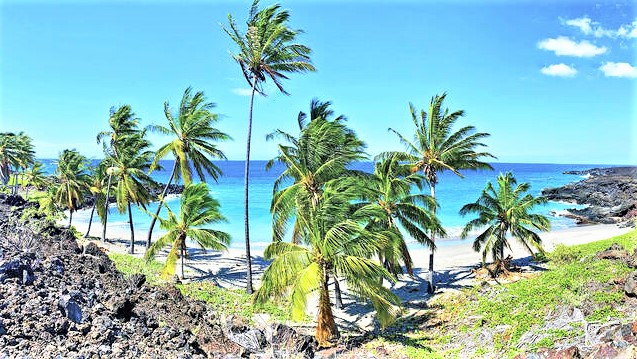 Located along a remote southern coastline in Kaʻū, south of Ocean View, Pōhue Bay is now part of Hawaii Volcanoes National Park, preserving 16,451 acres of the "area's unique natural and cultural resources from development." A scenic oasis among a rugged landscape, access to Pōhue Bay is long, hot and barren. The area is home to well-preserved Hawaiian cultural sites, lava tubes, mountain to ocean trails, remains of coastal villages and petroglyphs. It is also a critical habitat for endangered green sea turtles, Hawaiian hawksbill turtles and Hawaiian monk seals. Endemic red shrimp live in anchialine ponds in the area. The addition brings the total size of Hawaii Volcanoes National Park to 554 square miles.
Located along a remote southern coastline in Kaʻū, south of Ocean View, Pōhue Bay is now part of Hawaii Volcanoes National Park, preserving 16,451 acres of the "area's unique natural and cultural resources from development." A scenic oasis among a rugged landscape, access to Pōhue Bay is long, hot and barren. The area is home to well-preserved Hawaiian cultural sites, lava tubes, mountain to ocean trails, remains of coastal villages and petroglyphs. It is also a critical habitat for endangered green sea turtles, Hawaiian hawksbill turtles and Hawaiian monk seals. Endemic red shrimp live in anchialine ponds in the area. The addition brings the total size of Hawaii Volcanoes National Park to 554 square miles.
Apr 07, 2022
New Species Discovered Inside Lava Tubes
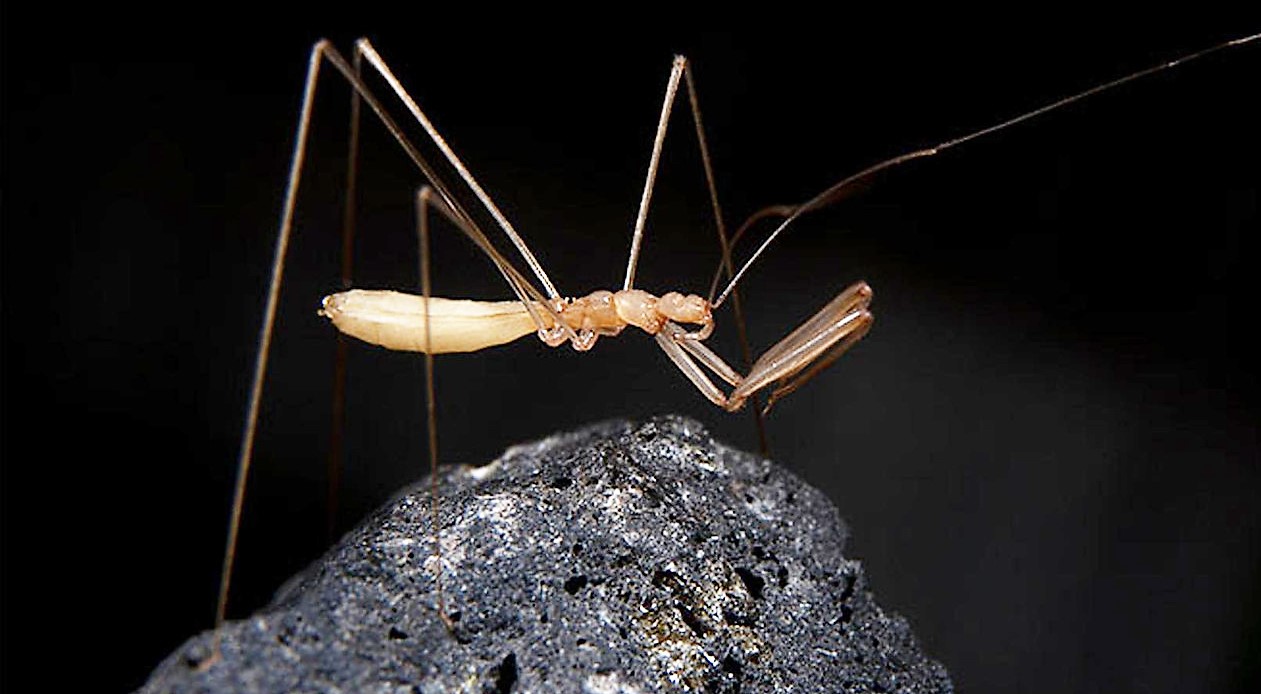 Hundreds of thousands of years of nearly continuous volcanic activity created long subterranean tunnels, or lava tubes, primarily on the southeast side of the Big Island. Inside many lava tubes, roots dangle from the ceiling, slipping through the lava in search of water. And now, living inside these subterranean habitats, never before seen creatures are being discovered.
Hundreds of thousands of years of nearly continuous volcanic activity created long subterranean tunnels, or lava tubes, primarily on the southeast side of the Big Island. Inside many lava tubes, roots dangle from the ceiling, slipping through the lava in search of water. And now, living inside these subterranean habitats, never before seen creatures are being discovered.
Feb 27, 2022
No Public Access to Waipi'o Valley
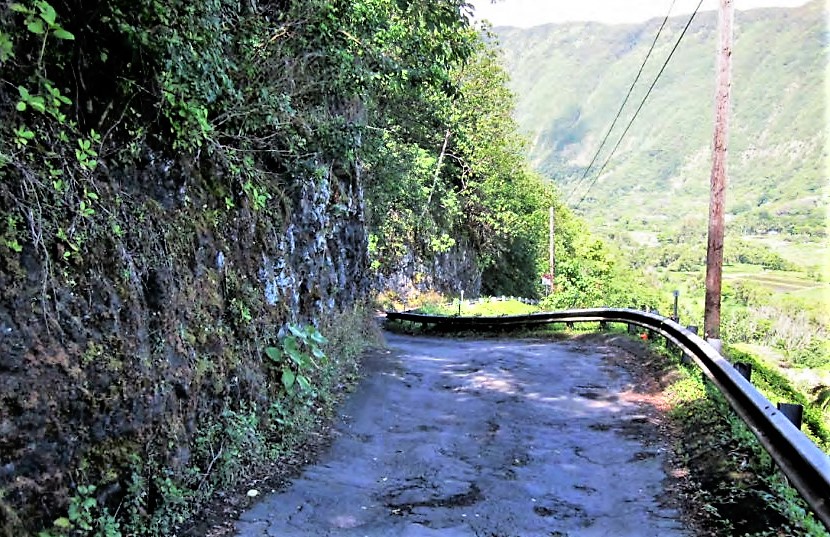 Based on recommendations from a geotechnical assessment, as of February 25, 2022 Waipi‘o Valley Road is closed to all visitors due to increased risk of slope and roadway failure. It is no longer possible for visitors to access Waipi‘o Valley beyond the overlook whether on foot, horseback, personal vehicle, atv, or on a commercial tour. The closure includes a camping ban. We remain hopeful the road will re-open in the future to allow visitors to enjoy this magical and historic place.
Based on recommendations from a geotechnical assessment, as of February 25, 2022 Waipi‘o Valley Road is closed to all visitors due to increased risk of slope and roadway failure. It is no longer possible for visitors to access Waipi‘o Valley beyond the overlook whether on foot, horseback, personal vehicle, atv, or on a commercial tour. The closure includes a camping ban. We remain hopeful the road will re-open in the future to allow visitors to enjoy this magical and historic place.
Jan 31, 2022
Hawaii Island Volcanoes and the Hawaiian Eruption
Hawaii Island volcanoes are shield volcanoes. Known as a Hawaiian eruption, magma from the Hawaii hotspot penetrates the Pacific Plate.
Continue reading "Hawaii Island Volcanoes and the Hawaiian Eruption"
Nov 19, 2021
Top Things To Do In Kona - Must See Attractions
Fun things to do in Kona include exploring Kona history, great Kona beaches, submarine tour, colorful farmers market & excellent Kona restaurants.
Continue reading "Top Things To Do In Kona - Must See Attractions"
Oct 12, 2021
Kilauea Lava Lake Rising
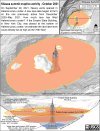 The depth of the lava lake inside the Halema'uma'u crater at the summit of Kilauea has increased dramatically. Try to imagine lava deep enough to nearly bury the Empire State Building!
The depth of the lava lake inside the Halema'uma'u crater at the summit of Kilauea has increased dramatically. Try to imagine lava deep enough to nearly bury the Empire State Building!
Click on the image for a larger view.
Oct 05, 2021
New Federal Rule Protects Hawaiian Spinner Dolphin
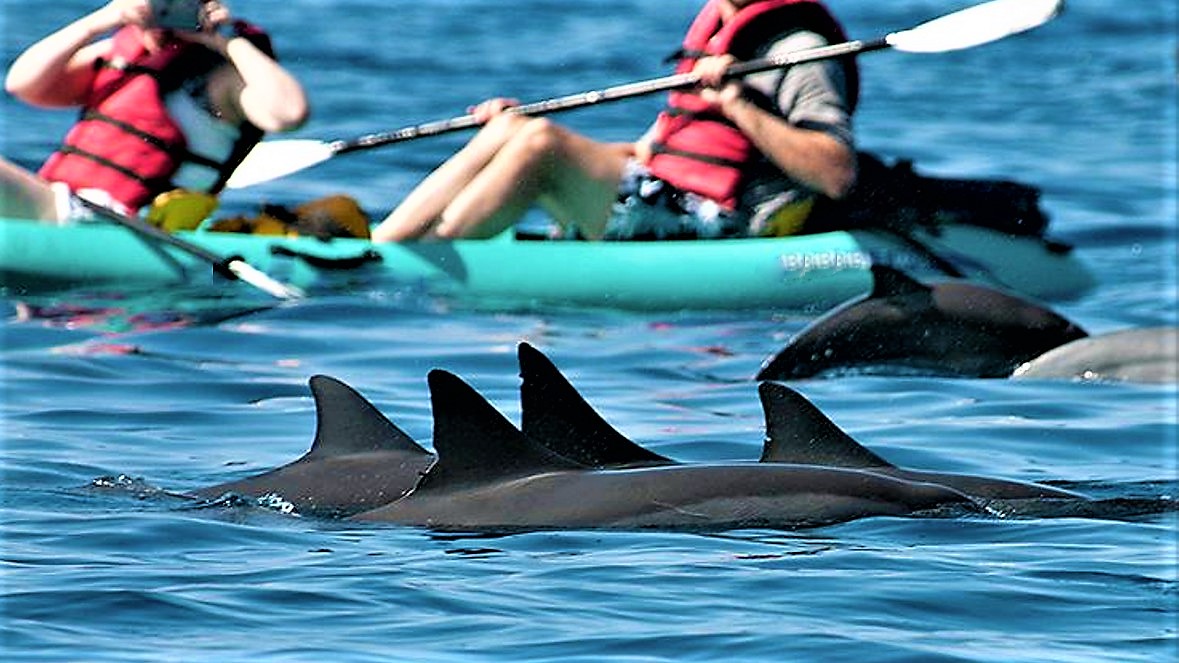 Following years of discussion around how to protect Hawaiian spinner dolphins from increased human activity and associated interactions, a new federal rule takes effect on October 28, 2021 that prohibits approaching, swimming with or staying within fifty yards of a Hawaiian spinner dolphin. The new rule has been established in order to protect spinner dolphins that use areas close to shore to rest, socialize, nurture their young, and shelter from predators.
Following years of discussion around how to protect Hawaiian spinner dolphins from increased human activity and associated interactions, a new federal rule takes effect on October 28, 2021 that prohibits approaching, swimming with or staying within fifty yards of a Hawaiian spinner dolphin. The new rule has been established in order to protect spinner dolphins that use areas close to shore to rest, socialize, nurture their young, and shelter from predators.
Continue reading "New Federal Rule Protects Hawaiian Spinner Dolphin"
Oct 01, 2021
Kilauea Springs to Life With New Eruption
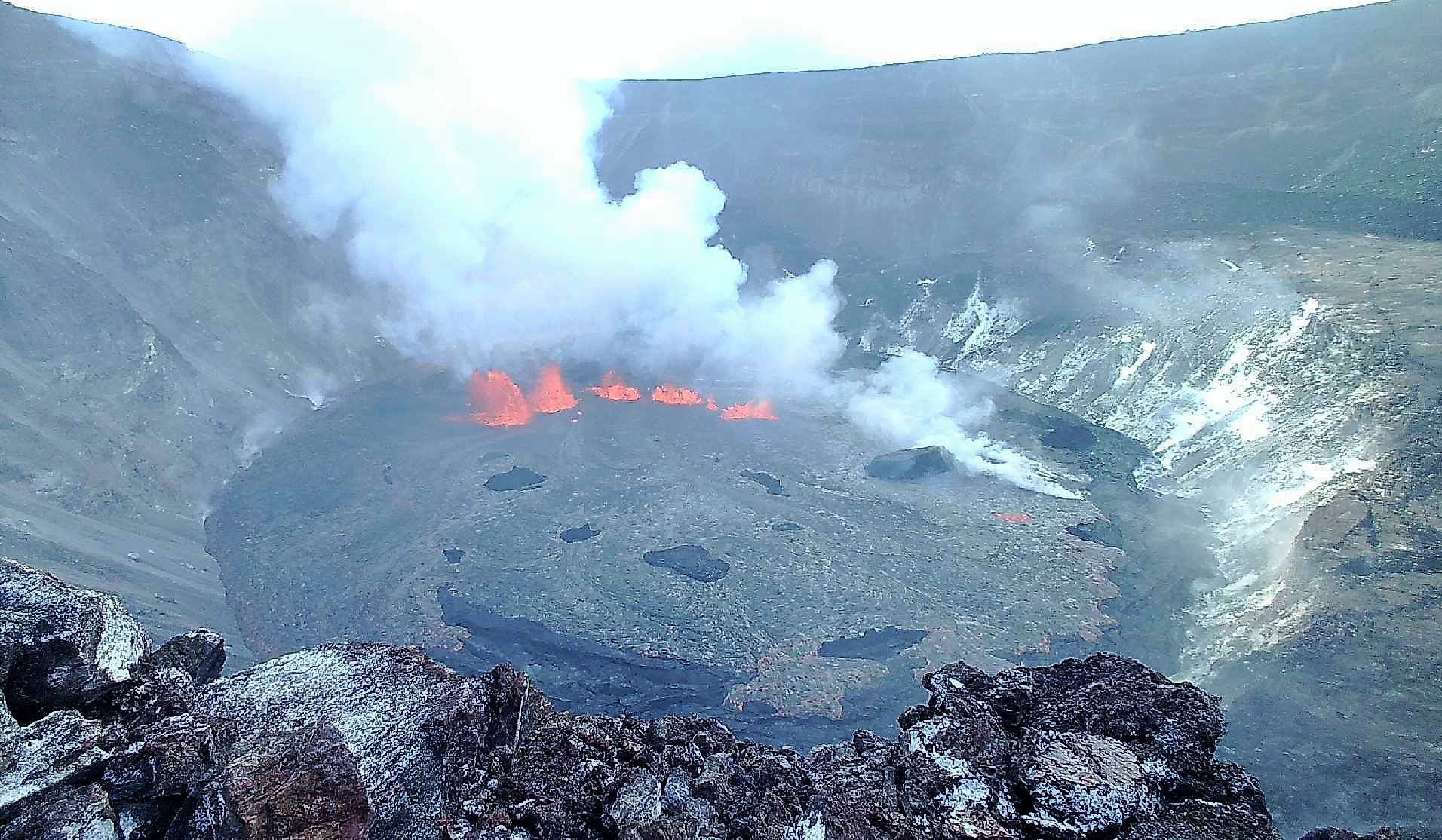 A sudden increase in earthquake activity at the Kilauea summit last week has led to a new eruption, and lava is once again filling the Halema'uma'u summit crater. Because any new phase of an eruption is "dynamic and uncertain", the USGS Volcanic Alert Level has been raised to WARNING.
A sudden increase in earthquake activity at the Kilauea summit last week has led to a new eruption, and lava is once again filling the Halema'uma'u summit crater. Because any new phase of an eruption is "dynamic and uncertain", the USGS Volcanic Alert Level has been raised to WARNING.
Aug 28, 2021
Outrigger Kona Resort and Spa
Outrigger Kona Resort & Spa at Keauhou Bay is the only resort hotel south of the Kohala Coast. Come experience the rich history of Keauhou Bay.
Aug 20, 2021
2021 Ironman World Championship Postponed
 As Covid-19 cases continue to surge in Hawai'i, officials announced Thursday that the 2021 Kona Ironman World Championship Triathlon, originally scheduled for October 9, has been postponed until February 5, 2022. With ongoing Covid-19 related impacts to the Big Island, combined with border closures and travel restrictions for athletes, The IRONMAN Group determined the best course of action would be to delay the event until 2022. Stay tuned!
As Covid-19 cases continue to surge in Hawai'i, officials announced Thursday that the 2021 Kona Ironman World Championship Triathlon, originally scheduled for October 9, has been postponed until February 5, 2022. With ongoing Covid-19 related impacts to the Big Island, combined with border closures and travel restrictions for athletes, The IRONMAN Group determined the best course of action would be to delay the event until 2022. Stay tuned!
Continue reading "2021 Ironman World Championship Postponed"
Jun 25, 2020
14-day Quarantine to be Lifted August 1
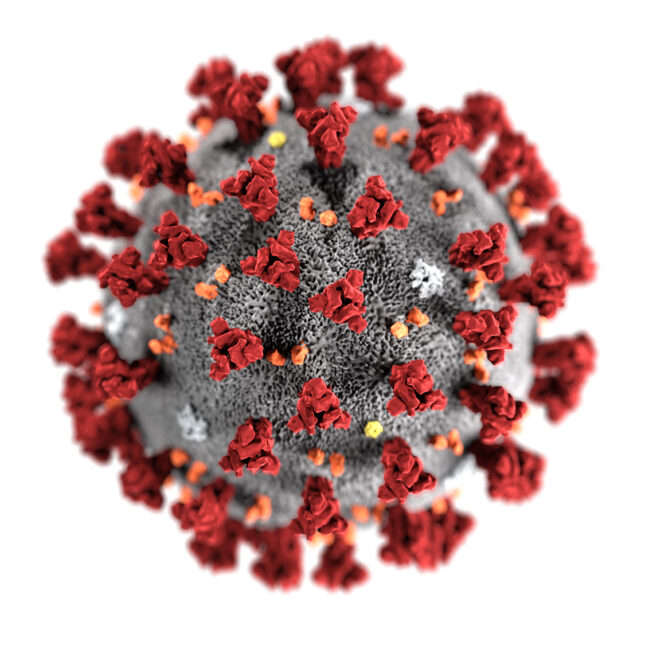 The 14-day quarantine will be lifted August 1 for out-of-state travelers who can show proof of a negative test for COVID-19. The quarantine will remain in place for those who have not been tested prior to travel. No testing will be provided upon arrival, though Hawai'i Governor David Ige did indicate that temperature checks and screening would continue for all inbound passengers. Lieutenant Governor Josh Green added, "Asking passengers to get a negative COVID-19 test prior to travel is one more tool in our layered screening process that will help keep Hawai'i safe. We have more than five weeks before August 1 to finalize details."
The 14-day quarantine will be lifted August 1 for out-of-state travelers who can show proof of a negative test for COVID-19. The quarantine will remain in place for those who have not been tested prior to travel. No testing will be provided upon arrival, though Hawai'i Governor David Ige did indicate that temperature checks and screening would continue for all inbound passengers. Lieutenant Governor Josh Green added, "Asking passengers to get a negative COVID-19 test prior to travel is one more tool in our layered screening process that will help keep Hawai'i safe. We have more than five weeks before August 1 to finalize details."
May 01, 2020
Hawai'i Beach Parks Remain Closed; Other Restrictions
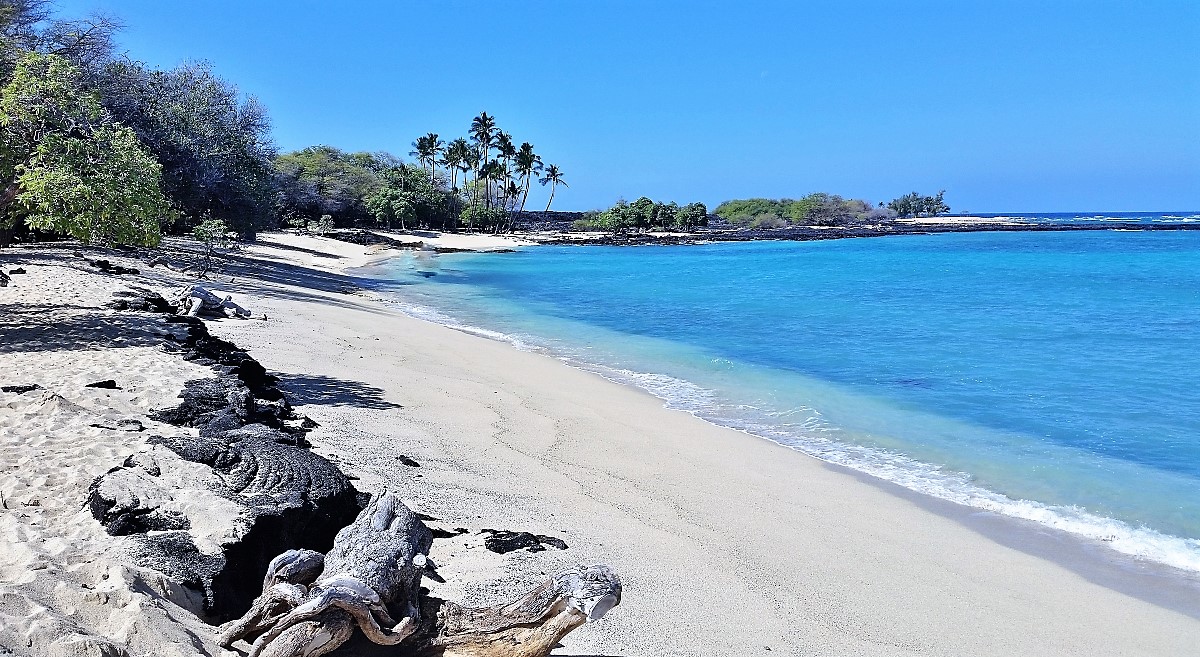 Aloha and happy May! These are challenging times. Much as we know how agonizing it can be to miss or postpone your dream trip to Hawai’i, visitors/travelers are still being encouraged to stay away if you don’t live here. Most beach parks remain closed due to concerns about being able to monitor numbers of people. The Governor’s Emergency Proclamation still requires a 14-day mandatory quarantine for all new arrivals to Hawai’i, meaning that you will be unable to leave your hotel for any reason for 2 weeks after arrival. No more than 2 people are allowed to congregate unless members of the same family. There is hope that restrictions will be loosened in the near future since research indicates Covid-19 viral particles may dry up quickly in the hot Hawai’i air. Hawai’i isn’t going anywhere; plan your dream trip for a future date when it’s safer to travel. Mahalo!
Aloha and happy May! These are challenging times. Much as we know how agonizing it can be to miss or postpone your dream trip to Hawai’i, visitors/travelers are still being encouraged to stay away if you don’t live here. Most beach parks remain closed due to concerns about being able to monitor numbers of people. The Governor’s Emergency Proclamation still requires a 14-day mandatory quarantine for all new arrivals to Hawai’i, meaning that you will be unable to leave your hotel for any reason for 2 weeks after arrival. No more than 2 people are allowed to congregate unless members of the same family. There is hope that restrictions will be loosened in the near future since research indicates Covid-19 viral particles may dry up quickly in the hot Hawai’i air. Hawai’i isn’t going anywhere; plan your dream trip for a future date when it’s safer to travel. Mahalo!
Jul 02, 2019
“HAWAII - Aloha” Video
Hi there! My name Ian Ty Combs, and I have lived in Kona for two years now. I am just now moving away from the island, but I made a video about my time
Aug 19, 2018
A Changing Landscape
The 2018 eruption of Kilauea Volcano has dramatically altered the landscape on the east side of the Big Island. On June 2, lava evaporated 300 year-old Green Lake. Kapoho Village was largely destroyed and is now uninhabited. Kapoho Tide Pools and Ahalanui Beach Park were buried as lava continued to flow toward the ocean, eventually extending the coastline. Hawaii Volcanoes National Park has been closed since May, 2018 due to heavy earthquake activity and the uncertainty of further seismic activity.
Despite these dramatic changes, the vast majority of Hawai'i Island remains unaffected. There are countless treasures to be enjoyed on this island paradise.
Jan 15, 2018
The Original King Kamehameha Statue
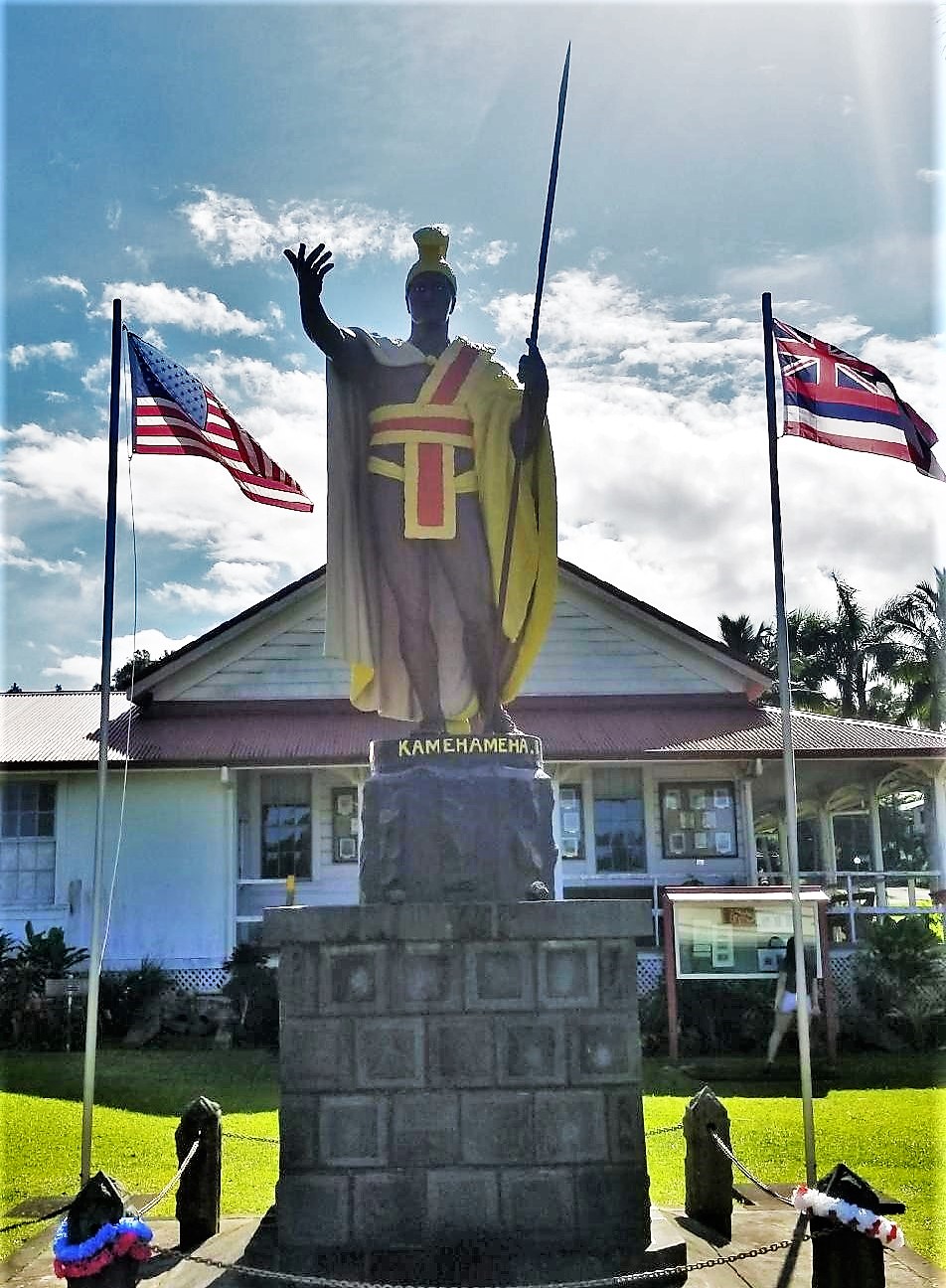 King Kamehameha I, or Kamehameha the Great, unified all the islands into the Kingdom of Hawaii. This is the original statue honoring his legacy. Forged in Italy in 1880, it was originally commissioned for display in Honolulu. When the ship carrying the statue sank near Cape Horn, the statue was thought lost forever. A replacement was made and erected in Honolulu. Somehow the original statue was recovered by some Falkland Islanders. The restored original is on display here in Kapa'au, fittingly near Kamehameha's birthplace in north Kohala.
King Kamehameha I, or Kamehameha the Great, unified all the islands into the Kingdom of Hawaii. This is the original statue honoring his legacy. Forged in Italy in 1880, it was originally commissioned for display in Honolulu. When the ship carrying the statue sank near Cape Horn, the statue was thought lost forever. A replacement was made and erected in Honolulu. Somehow the original statue was recovered by some Falkland Islanders. The restored original is on display here in Kapa'au, fittingly near Kamehameha's birthplace in north Kohala.
Jan 12, 2018
Kilauea Iki (Little Kilauea)
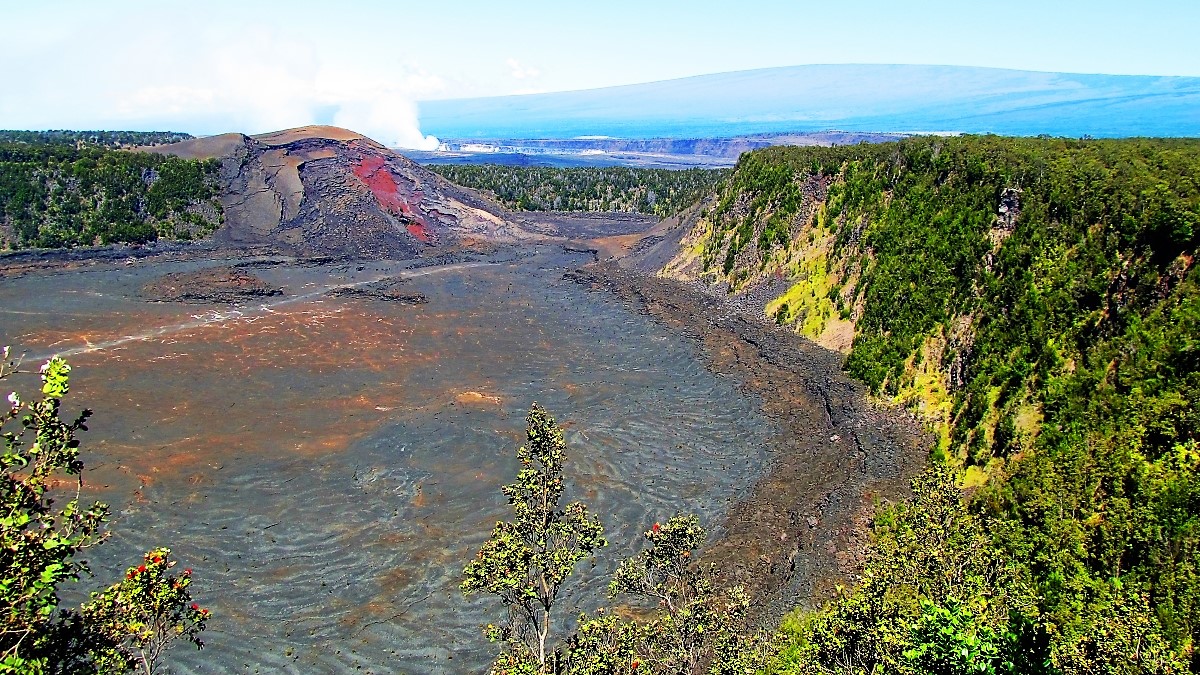 Kilauea Iki is one of the best hikes in Hawaii Volcanoes National Park. The scene is so utterly still and peaceful, it belies the ferocity of what was happening here less than 60 years ago, an immense lava lake with violent waves of molten lava crashing on the shoreline. Mauna Loa Volcano and smoke from Kilauea's Halema'uma'u Crater are visible in the background.
Kilauea Iki is one of the best hikes in Hawaii Volcanoes National Park. The scene is so utterly still and peaceful, it belies the ferocity of what was happening here less than 60 years ago, an immense lava lake with violent waves of molten lava crashing on the shoreline. Mauna Loa Volcano and smoke from Kilauea's Halema'uma'u Crater are visible in the background.
Jan 10, 2018
Kiholo Bay Honu
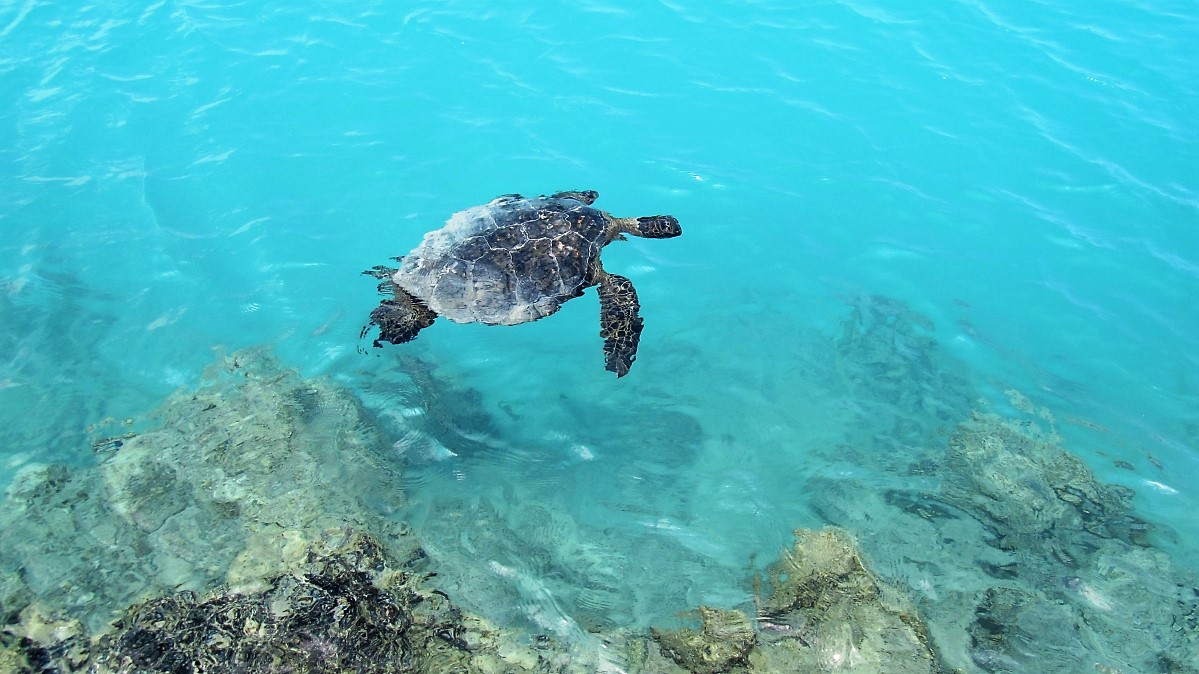 Kiholo Bay is one of the most beautiful spots in all Hawaii. The water color really pops against the dark black lava shoreline, particularly when the sky is clear. A large population of Honu (green sea turtles) reside in the shallow waters of Kiholo Bay. If you haven't been here yet, try make a point of it during your next visit to the island!
Kiholo Bay is one of the most beautiful spots in all Hawaii. The water color really pops against the dark black lava shoreline, particularly when the sky is clear. A large population of Honu (green sea turtles) reside in the shallow waters of Kiholo Bay. If you haven't been here yet, try make a point of it during your next visit to the island!
Jan 08, 2018
Fresh Tracks on Mahai'ula Beach
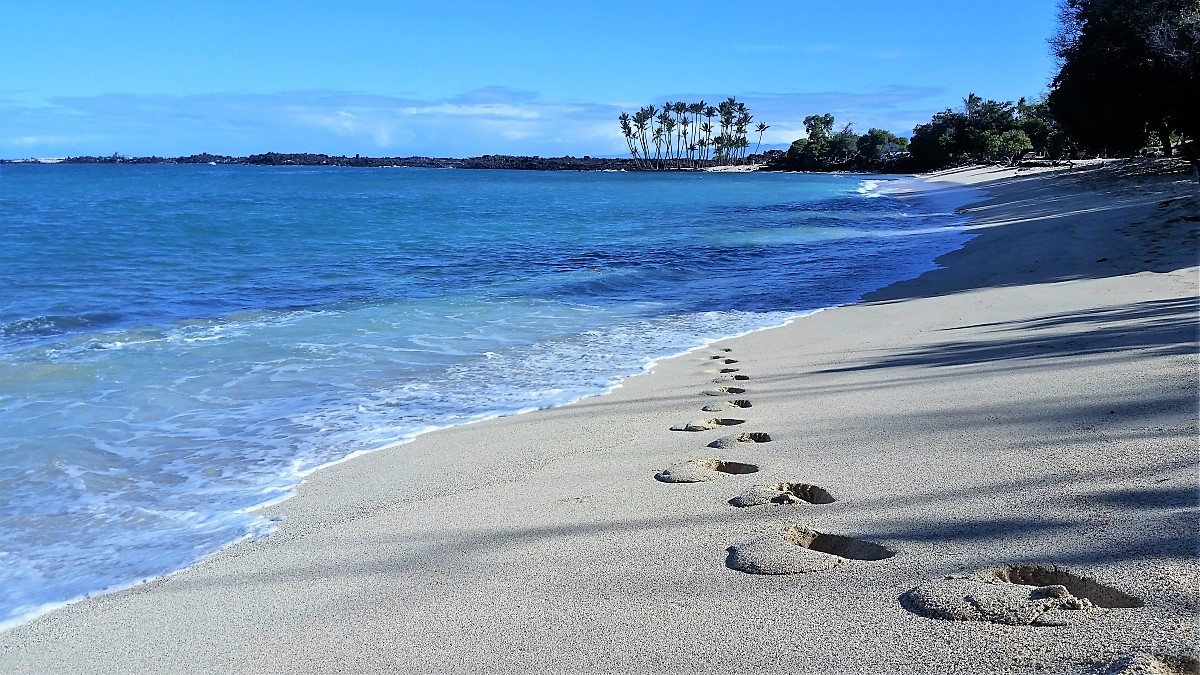 If you get an early start and head to Kekahakai State Park as soon as the gate opens at 9am, the reward can be a scene like this one, having Mahai'ula Beach all to yourself. There's lots of shade in the morning, and the water is typically calm before the winds pick up later in the day.
If you get an early start and head to Kekahakai State Park as soon as the gate opens at 9am, the reward can be a scene like this one, having Mahai'ula Beach all to yourself. There's lots of shade in the morning, and the water is typically calm before the winds pick up later in the day.
Jan 06, 2018
Winter Scene on Mauna Kea and Mauna Loa
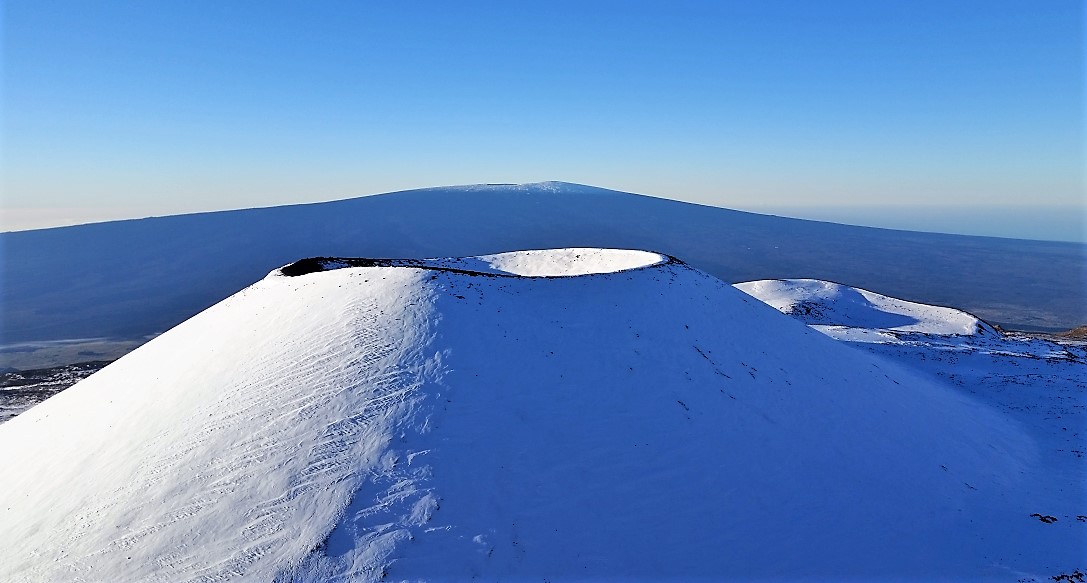 Storms in early December brought heavy snow to the upper reaches of Mauna Kea and Mauna Loa volcanoes, creating a beautiful winter wonderland scene. This image was taken just after sunrise below the summit of Mauna Kea, looking south toward snow-covered Mauna Loa.
Storms in early December brought heavy snow to the upper reaches of Mauna Kea and Mauna Loa volcanoes, creating a beautiful winter wonderland scene. This image was taken just after sunrise below the summit of Mauna Kea, looking south toward snow-covered Mauna Loa.
Dec 20, 2017
Peaceful Aiopi'o Beach Honu
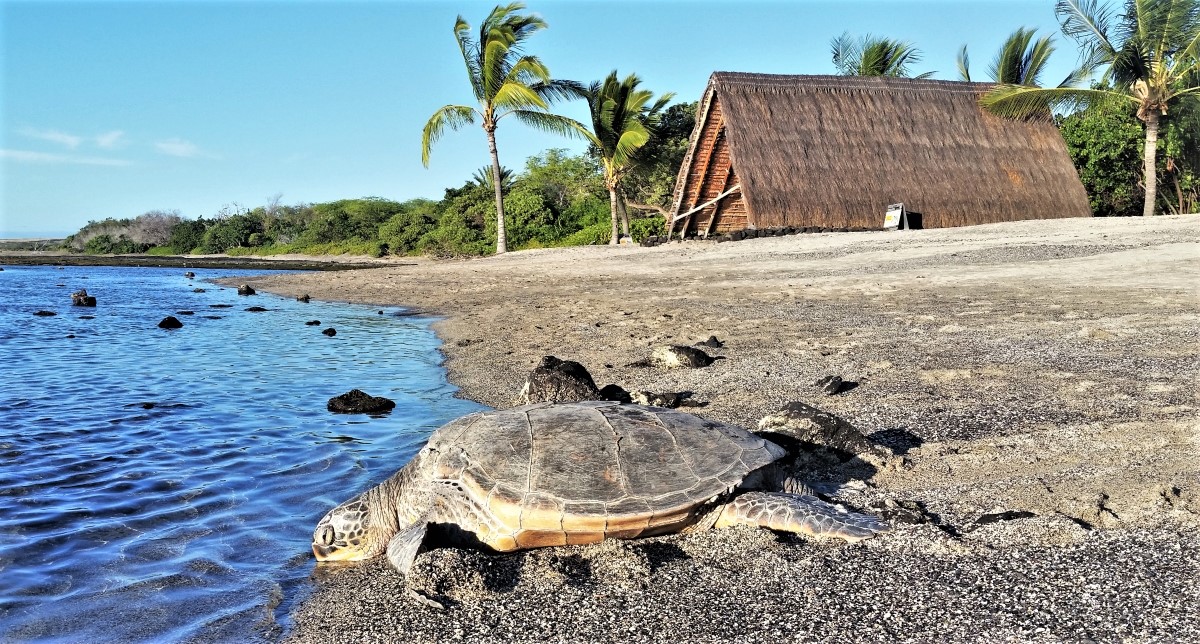 Honu (green sea turtles) are frequent visitors to Aiopi'o Beach in Kaloko-Honokohau National Historical Park. This is one of our favorite spots on the Big Island to enjoy these peaceful creatures. They like to feed on the abundant algae in the fishpond before climbing ashore to rest.
Honu (green sea turtles) are frequent visitors to Aiopi'o Beach in Kaloko-Honokohau National Historical Park. This is one of our favorite spots on the Big Island to enjoy these peaceful creatures. They like to feed on the abundant algae in the fishpond before climbing ashore to rest.
Dec 09, 2017
Lake Waiau on Mauna Kea Volcano
Lake Waiau is one of the highest lakes in the US, near the top of the world’s tallest volcano. Its origins high on Mauna Kea Volcano are a mystery.
Dec 07, 2017
Needle Ice on Mauna Kea
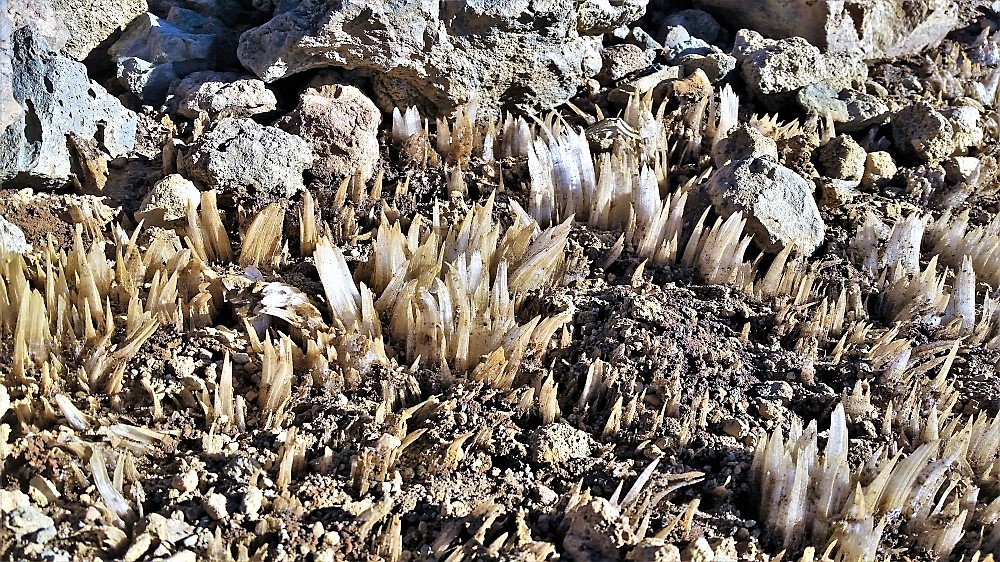 Needle ice is formed when the soil temperature is above freezing and the surface air temperature is below freezing. Sub-surface water rises above the soil and needle-like columns of ice push through the soil. If you are hiking in sub-freezing temperatures high on Mauna Kea or Mauna Loa, you may hear the familiar crunch of "needle ice" breaking underfoot.
Needle ice is formed when the soil temperature is above freezing and the surface air temperature is below freezing. Sub-surface water rises above the soil and needle-like columns of ice push through the soil. If you are hiking in sub-freezing temperatures high on Mauna Kea or Mauna Loa, you may hear the familiar crunch of "needle ice" breaking underfoot.
Dec 05, 2017
Hualalai Volcano
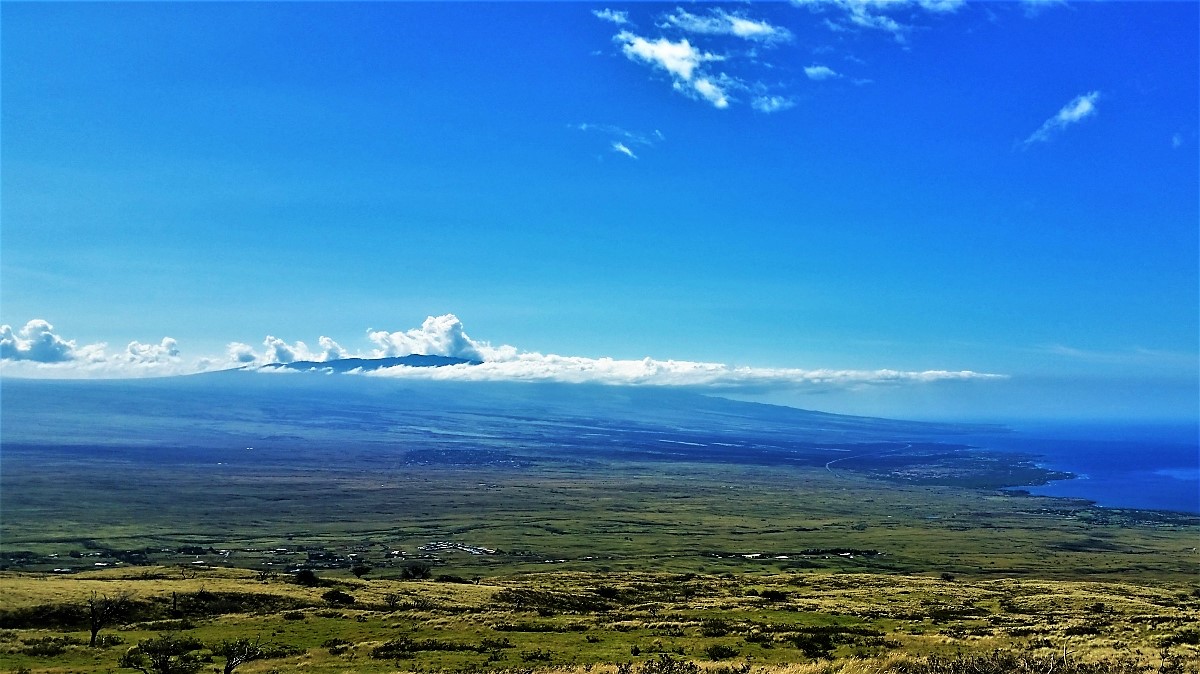 This image of Hualalai Volcano was taken from high on the slopes of Kohala. Looking south one can see the outskirts of the town of Waimea in the foreground. The bustling town of Kailua-Kona is built on top of old lava flows around the west slope and base of Hualalai. It's been more than 200 years since Hualalai last erupted.
This image of Hualalai Volcano was taken from high on the slopes of Kohala. Looking south one can see the outskirts of the town of Waimea in the foreground. The bustling town of Kailua-Kona is built on top of old lava flows around the west slope and base of Hualalai. It's been more than 200 years since Hualalai last erupted.
Dec 03, 2017
Honoka'a People's Theatre
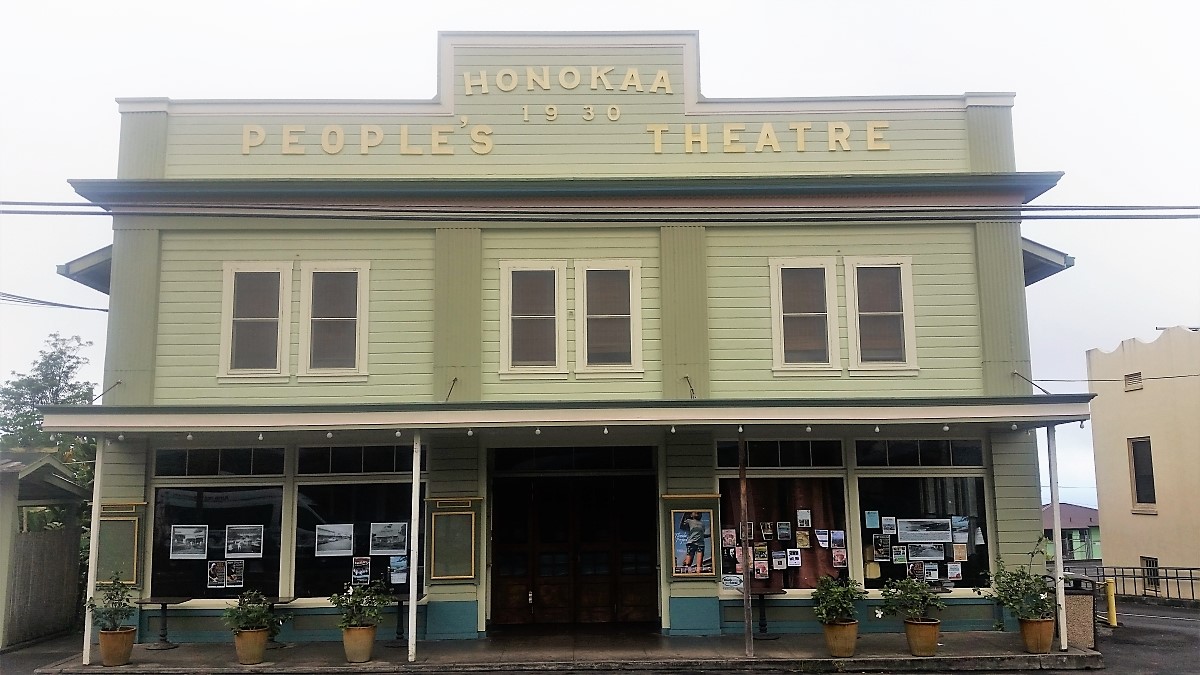 Gateway to the Hamakua Coast, the sleepy town of Honoka'a was once a thriving sugar plantation community. Built in 1930, the historic 525-seat Honoka'a People's Theatre still brings major headliners. In January, 2018 Judy Collins will perform, and in February Dave Mason comes to town.
Gateway to the Hamakua Coast, the sleepy town of Honoka'a was once a thriving sugar plantation community. Built in 1930, the historic 525-seat Honoka'a People's Theatre still brings major headliners. In January, 2018 Judy Collins will perform, and in February Dave Mason comes to town.
Dec 01, 2017
Hi'ilawe Falls in Waipi'o Valley
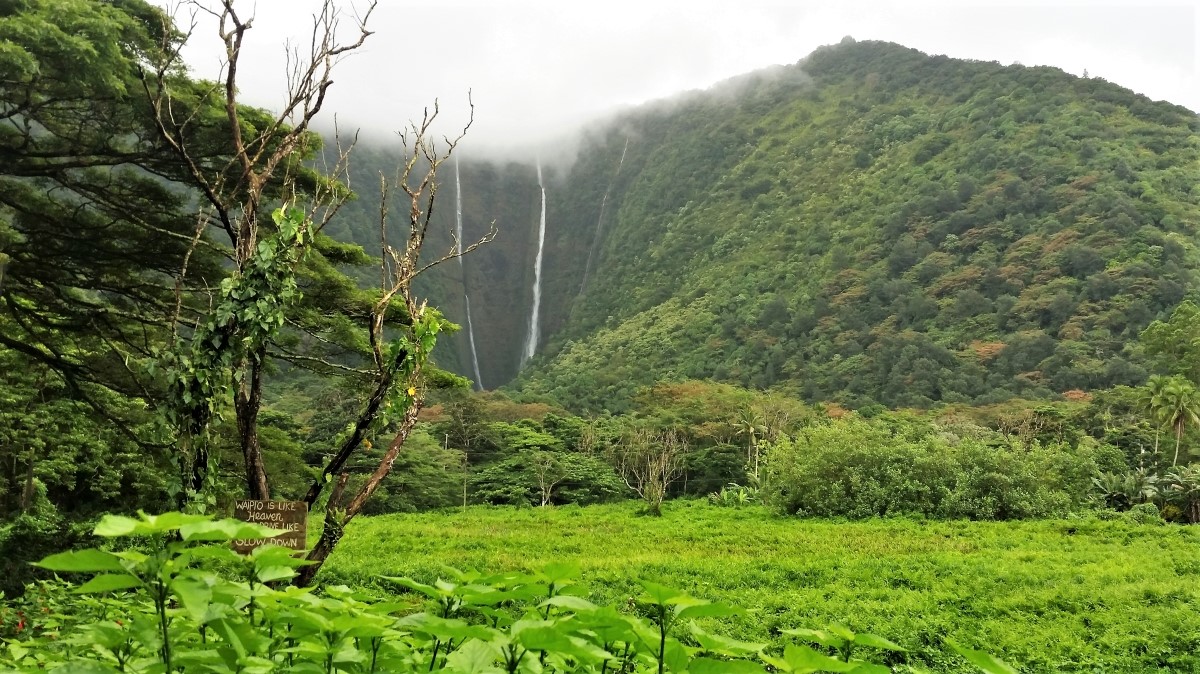 Heavy rain brought flooding to many areas along the north and east coast of the Big Island during the past couple of days. In Waipi'o Valley, Hi'ilawe Falls thunders into the valley from the upper slopes of Kohala. The swollen Waipi'o River left much of the beach inaccessible.
Heavy rain brought flooding to many areas along the north and east coast of the Big Island during the past couple of days. In Waipi'o Valley, Hi'ilawe Falls thunders into the valley from the upper slopes of Kohala. The swollen Waipi'o River left much of the beach inaccessible.
Oct 25, 2017
Honoka'ope Bay and 49 Black Sand Beach
49 Black Sand Beach at Honoka'ope Bay is quiet and scenic, one of the only black sand beaches on the Big Island's Kona coast.
Oct 06, 2017
Making Salt in Ancient Hawaii
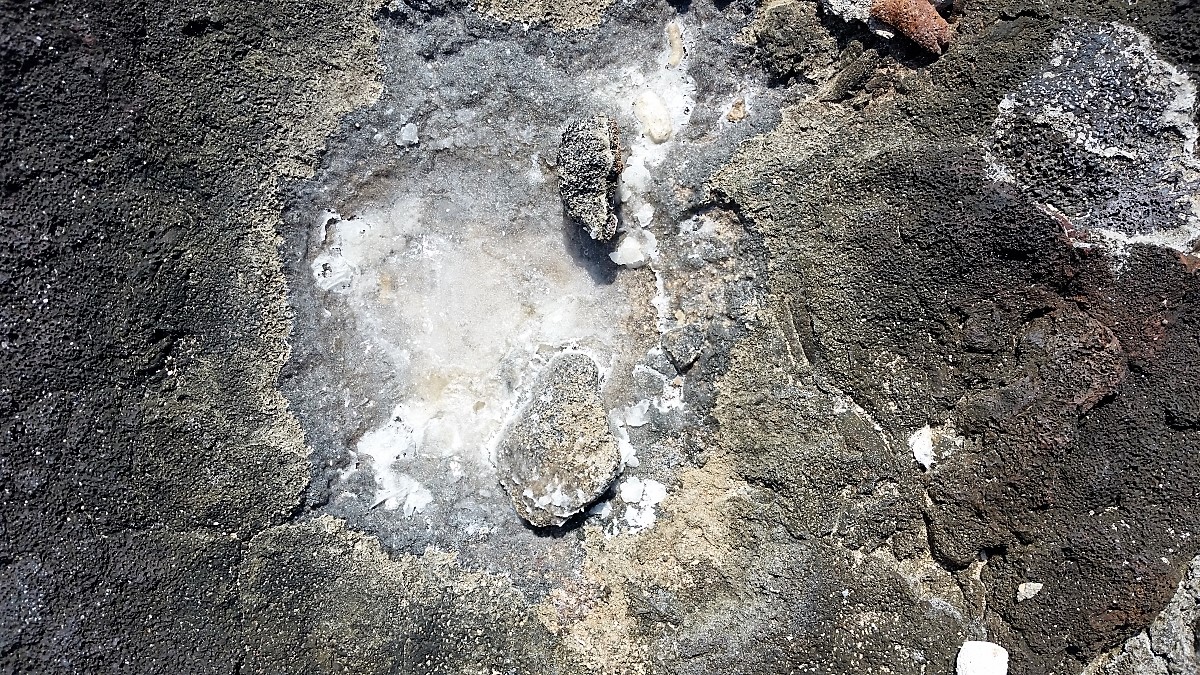 In ancient Hawaii, solar evaporation was a convenient method of procuring sea salt from ocean waves that washed up on the shore, settling in lava rock salt-pans. As you walk along the coast of the Big Island, keep an eye out for recesses in the rocks that might have made good natural salt pans.
In ancient Hawaii, solar evaporation was a convenient method of procuring sea salt from ocean waves that washed up on the shore, settling in lava rock salt-pans. As you walk along the coast of the Big Island, keep an eye out for recesses in the rocks that might have made good natural salt pans.
Sep 17, 2017
Red Masked Parakeet
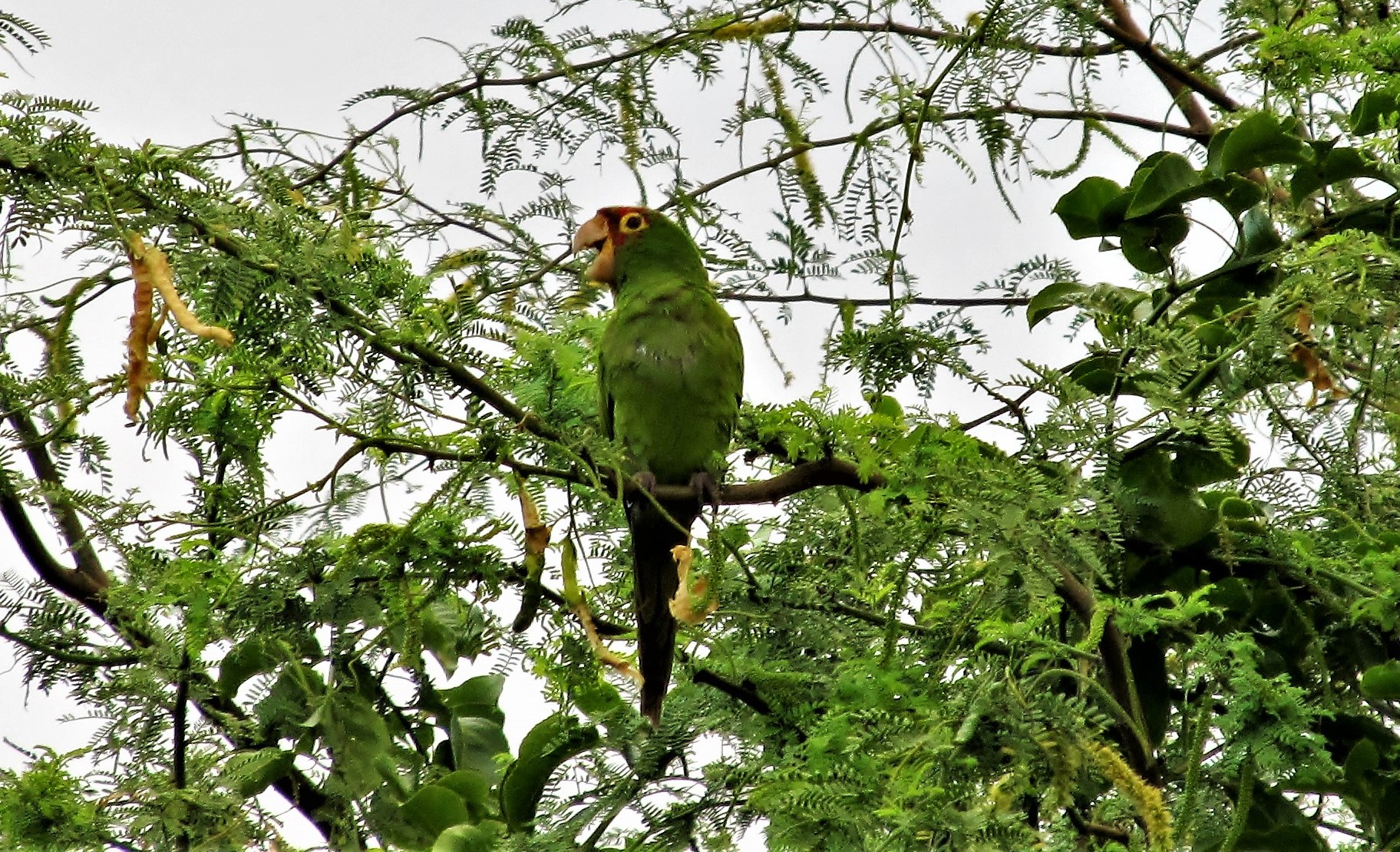 The Red-masked Parakeet has an emerald-green body, red mask and long tail feathers. Native to coastal areas of Ecuador and Peru, this parrot is often seen flying through the trees near Kailua-Kona. It isn't exactly clear how they came to reside on the Big Island. This particular one was squawking in the kiawe tree outside our home in Kailua.
The Red-masked Parakeet has an emerald-green body, red mask and long tail feathers. Native to coastal areas of Ecuador and Peru, this parrot is often seen flying through the trees near Kailua-Kona. It isn't exactly clear how they came to reside on the Big Island. This particular one was squawking in the kiawe tree outside our home in Kailua.
Jul 21, 2017
Nene, Hawaii State Bird and World's Rarest Goose
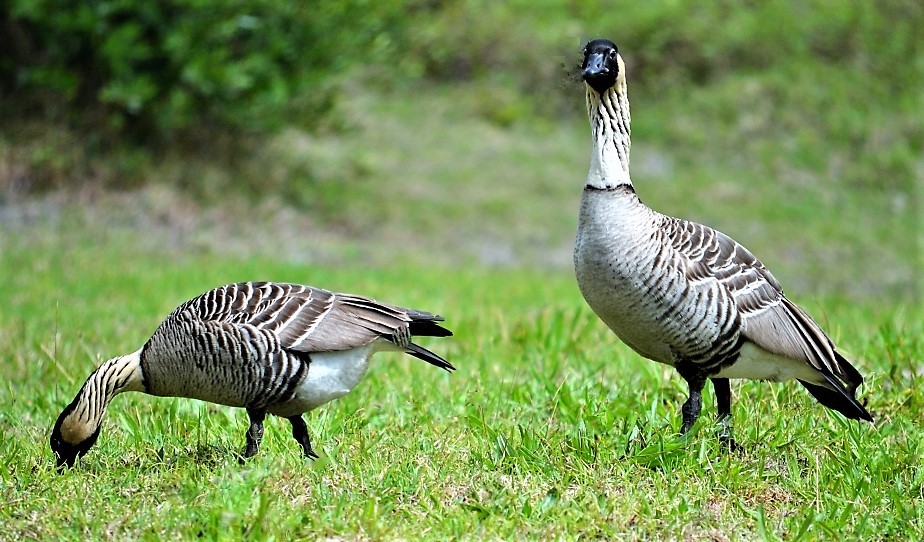 Commonly confused with the Canada Goose, Nene is the official Hawaii State Bird. Because they do not migrate, Nene is found nowhere else on earth (endemic to Hawaii), making it the world's rarest goose. Approximately 500 Nene live on the Big Island, so consider yourself fortunate if you happen to spot one of these shy birds!
Commonly confused with the Canada Goose, Nene is the official Hawaii State Bird. Because they do not migrate, Nene is found nowhere else on earth (endemic to Hawaii), making it the world's rarest goose. Approximately 500 Nene live on the Big Island, so consider yourself fortunate if you happen to spot one of these shy birds!
Continue reading "Nene, Hawaii State Bird and World's Rarest Goose"
Jun 08, 2017
Hawaii Student Travel and Teen Adventure Tours
Hawaii student travel, teen adventure tours and Big Island summer camp. Fun and educational Big Island adventures for middle and high school students.
Continue reading "Hawaii Student Travel and Teen Adventure Tours"
Apr 17, 2017
Mauna Ulu - Hiking the Big Island
Hike to Mauna Ulu in Hawaii Volcanoes National Park for an up close look at the aftermath of one of Kilauea Volcano’s longest rift zone eruptions.
Apr 13, 2017
At Home in Waipi'o Valley
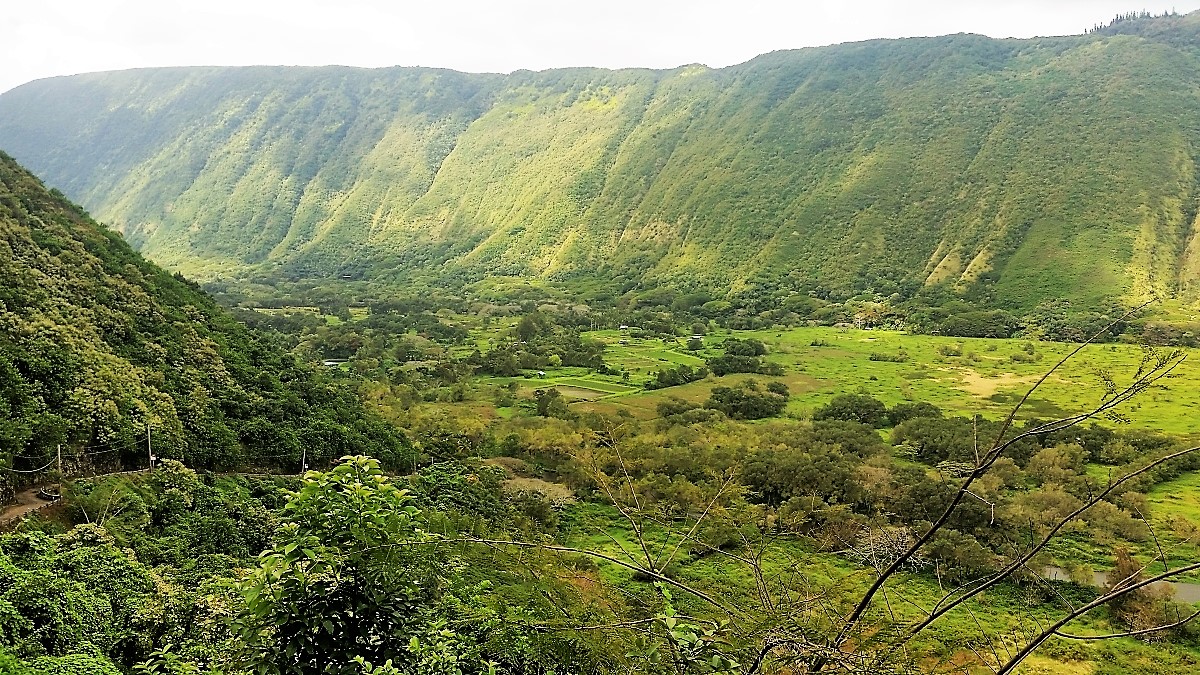 A handful of small taro farms and various livestock help sustain the few locals still residing in Waipi'o Valley. Once the home of Hawaiian royalty, the area flourished with thousands of residents prior to the 1946 tsunami that devastated the area.
A handful of small taro farms and various livestock help sustain the few locals still residing in Waipi'o Valley. Once the home of Hawaiian royalty, the area flourished with thousands of residents prior to the 1946 tsunami that devastated the area.
Mar 29, 2017
The Multi-Colored Rainbow Eucalyptus
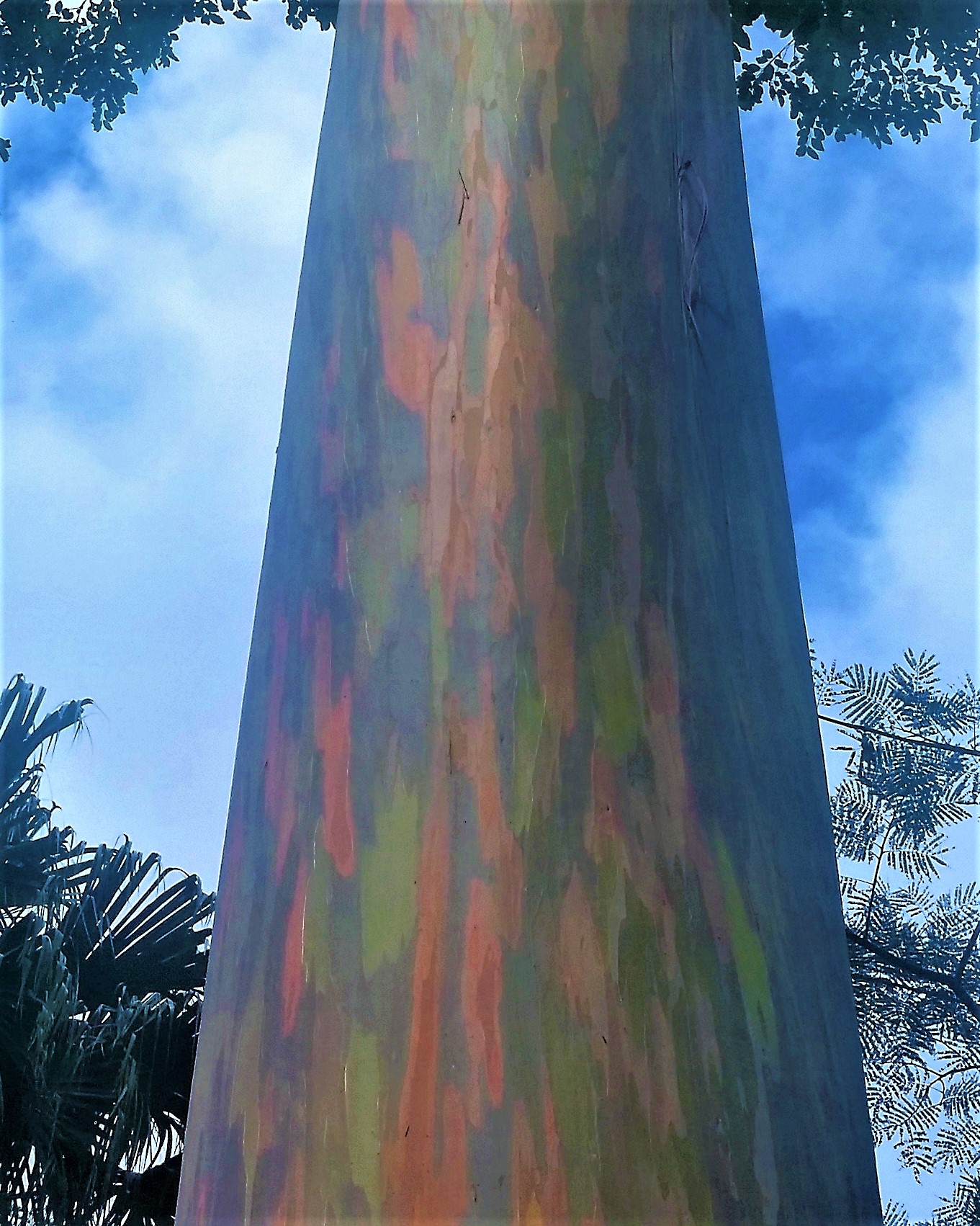 The multi-hued bark of the Rainbow Eucalyptus (eucalyptus deglupta) is brilliant! As the bark peels, the rich green inner bark is revealed, which eventually darkens with shades of blue, purple, grey, orange and streaks of red.
The multi-hued bark of the Rainbow Eucalyptus (eucalyptus deglupta) is brilliant! As the bark peels, the rich green inner bark is revealed, which eventually darkens with shades of blue, purple, grey, orange and streaks of red.
Also known as Mindanao gum tree or rainbow gum, the Rainbow Eucalyptus can reach heights of up to 250 feet in its native habitat. It thrives in tropical climates, though smaller versions are found in southern parts of Florida, California and Texas.
Mar 09, 2017
Amazing Activity at Kilauea Volcano
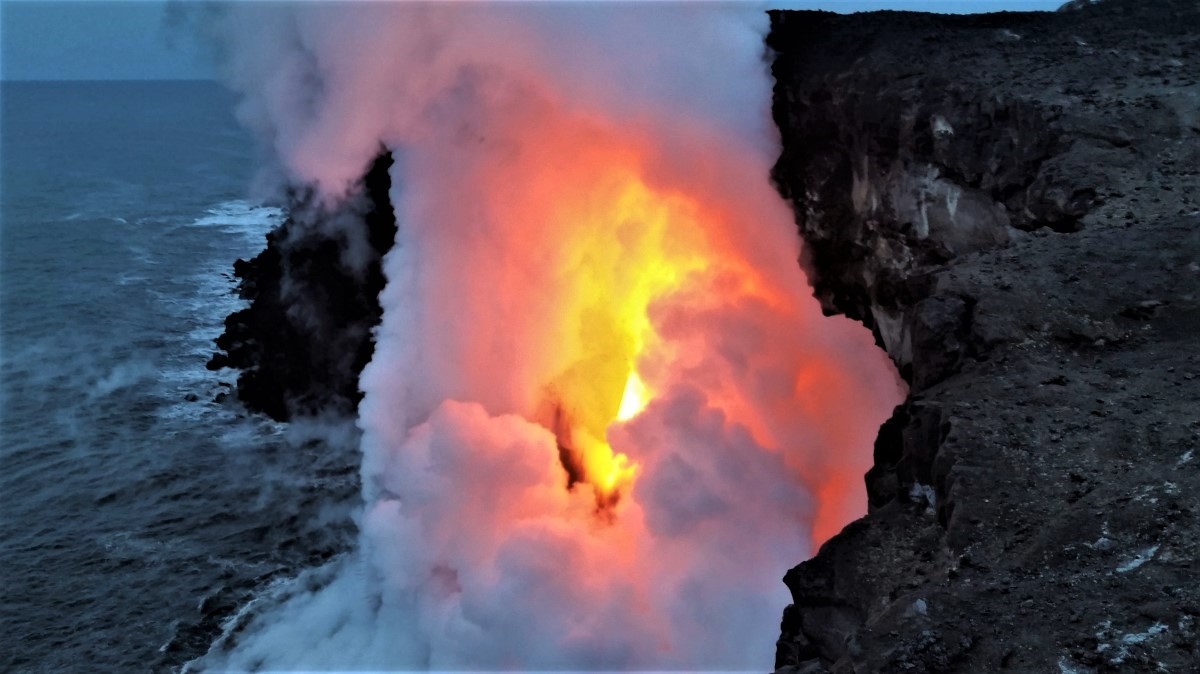 There has been dramatic activity at the Kilauea Volcano of late, including increased flow along the slopes from the Pu'u 'O'o vent, active ocean entry at Kamokuna, and a geyser of lava spouting in the Halema'uma'u Crater. Visit this page for new images and video!
There has been dramatic activity at the Kilauea Volcano of late, including increased flow along the slopes from the Pu'u 'O'o vent, active ocean entry at Kamokuna, and a geyser of lava spouting in the Halema'uma'u Crater. Visit this page for new images and video!
Feb 22, 2017
Hawaiian Garden Spider
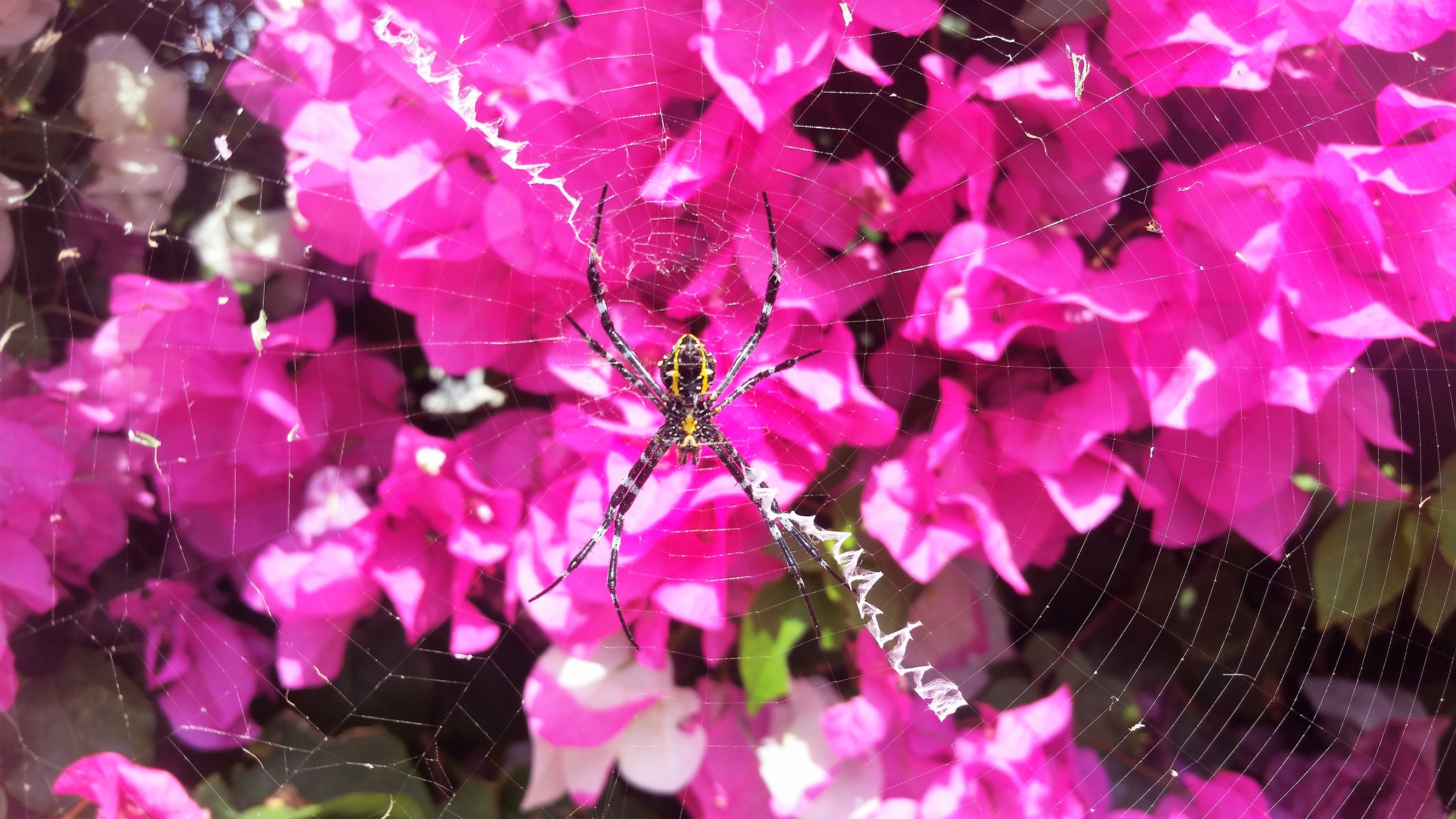 Argiope Appensa, known in Hawaii as the Hawaiian Garden Spider, is easily identified by its black/yellow stripes and pentagon-shaped body. This non-poisonous arachnid spins an ornate web, then sits head down in the center waiting for prey to become tangled in the fine silk. Females can reach a body length up to 7cm. and are much more colorful than their drab male counterparts. Click on the image for a larger view.
Argiope Appensa, known in Hawaii as the Hawaiian Garden Spider, is easily identified by its black/yellow stripes and pentagon-shaped body. This non-poisonous arachnid spins an ornate web, then sits head down in the center waiting for prey to become tangled in the fine silk. Females can reach a body length up to 7cm. and are much more colorful than their drab male counterparts. Click on the image for a larger view.
Jan 11, 2017
Kona Manta Ray Night Snorkel & Dive
The manta ray night snorkel is one of the top attractions on the Big Island. Swim with one of the ocean's largest and most graceful fish.
Jan 05, 2017
The Green Sands of Papakolea
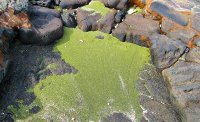 Yes, the sand really is GREEN! If you walk the 2.5 miles to Papakolea Green Sand Beach, stay close to the shoreline. Pockets of shimmering green olivine crystals are often hidden among the rocks near the tide line. Olivine is a green mineral that is deposited during certain volcanic eruptions.
Yes, the sand really is GREEN! If you walk the 2.5 miles to Papakolea Green Sand Beach, stay close to the shoreline. Pockets of shimmering green olivine crystals are often hidden among the rocks near the tide line. Olivine is a green mineral that is deposited during certain volcanic eruptions.
Dec 19, 2016
One of our Favorite Scenic Drives
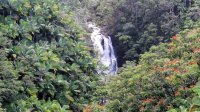 Enjoy a beautiful drive along the Hamakua coast! The Hamakua Heritage Corridor is a 50 mile (80km) scenic drive beginning in Hilo, ending at the Waipi'o Valley overlook. Enjoy this memorable tour along sea cliffs with rainforest waterfalls and colorful byways. Of course, all roads on the Big Island lead to new adventures. We'll help you find what you're looking for.
Enjoy a beautiful drive along the Hamakua coast! The Hamakua Heritage Corridor is a 50 mile (80km) scenic drive beginning in Hilo, ending at the Waipi'o Valley overlook. Enjoy this memorable tour along sea cliffs with rainforest waterfalls and colorful byways. Of course, all roads on the Big Island lead to new adventures. We'll help you find what you're looking for.
Dec 06, 2016
Skiing & snowboarding on Mauna Kea
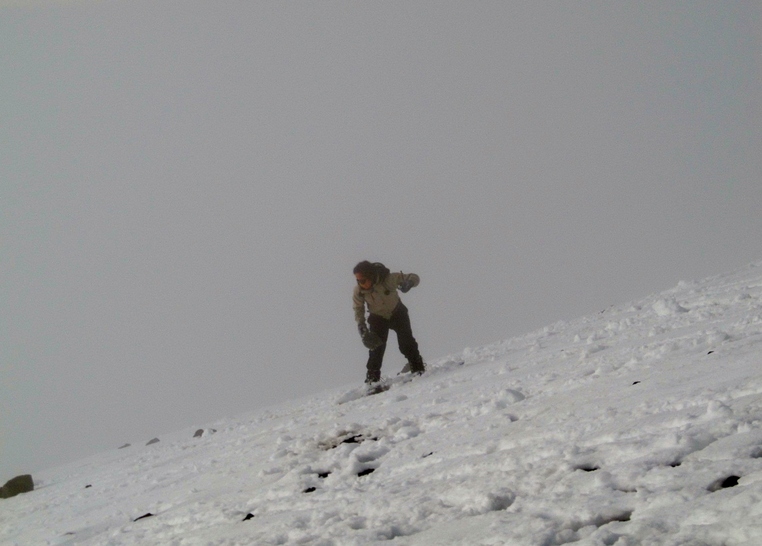 Whether it's white snow or white sand you prefer, you can take advantage of both on the Big Island, on the same day! And while I'm not going to vouch for the quality of the snow for skiing or boarding, I can promise you'll love the soft white sand at the beach. If you do decide to carry your boards up on Mauna Kea, use extreme caution. With the sharp a'a lava beneath the snow, one fall can ruin your day. Whatever form of recreation you choose, have fun out there!
Whether it's white snow or white sand you prefer, you can take advantage of both on the Big Island, on the same day! And while I'm not going to vouch for the quality of the snow for skiing or boarding, I can promise you'll love the soft white sand at the beach. If you do decide to carry your boards up on Mauna Kea, use extreme caution. With the sharp a'a lava beneath the snow, one fall can ruin your day. Whatever form of recreation you choose, have fun out there!
May 15, 2016
Snow At The Beach!
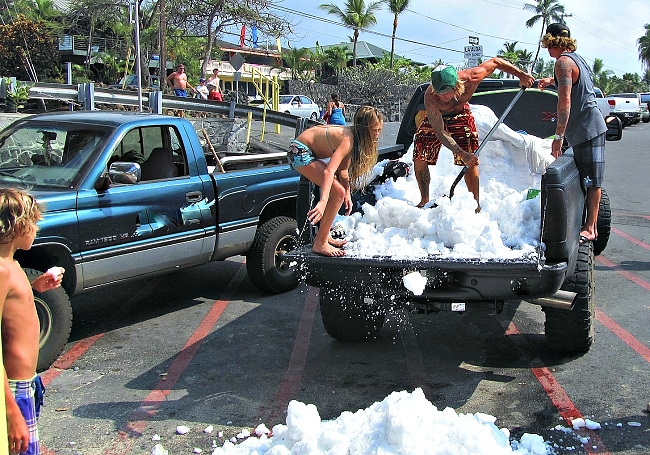 It seems there's always something fun going on at Magic Sands Beach. You never know when someone might show up with a truckload of snow from the top of Mauna Kea to delight the keiki!
It seems there's always something fun going on at Magic Sands Beach. You never know when someone might show up with a truckload of snow from the top of Mauna Kea to delight the keiki!
We enjoy hanging out at Magic Sands Beach (or Disappearing Sands if you prefer) pretty much any time of year, with or without snow! This is my favorite beach close to downtown Kailua-Kona, a good place to swim or just relax in the sand.
Discover More Big Island Attractions
Looking for something else? Search here for even more Hawaii attractions and exciting things to do on the Big Island.













